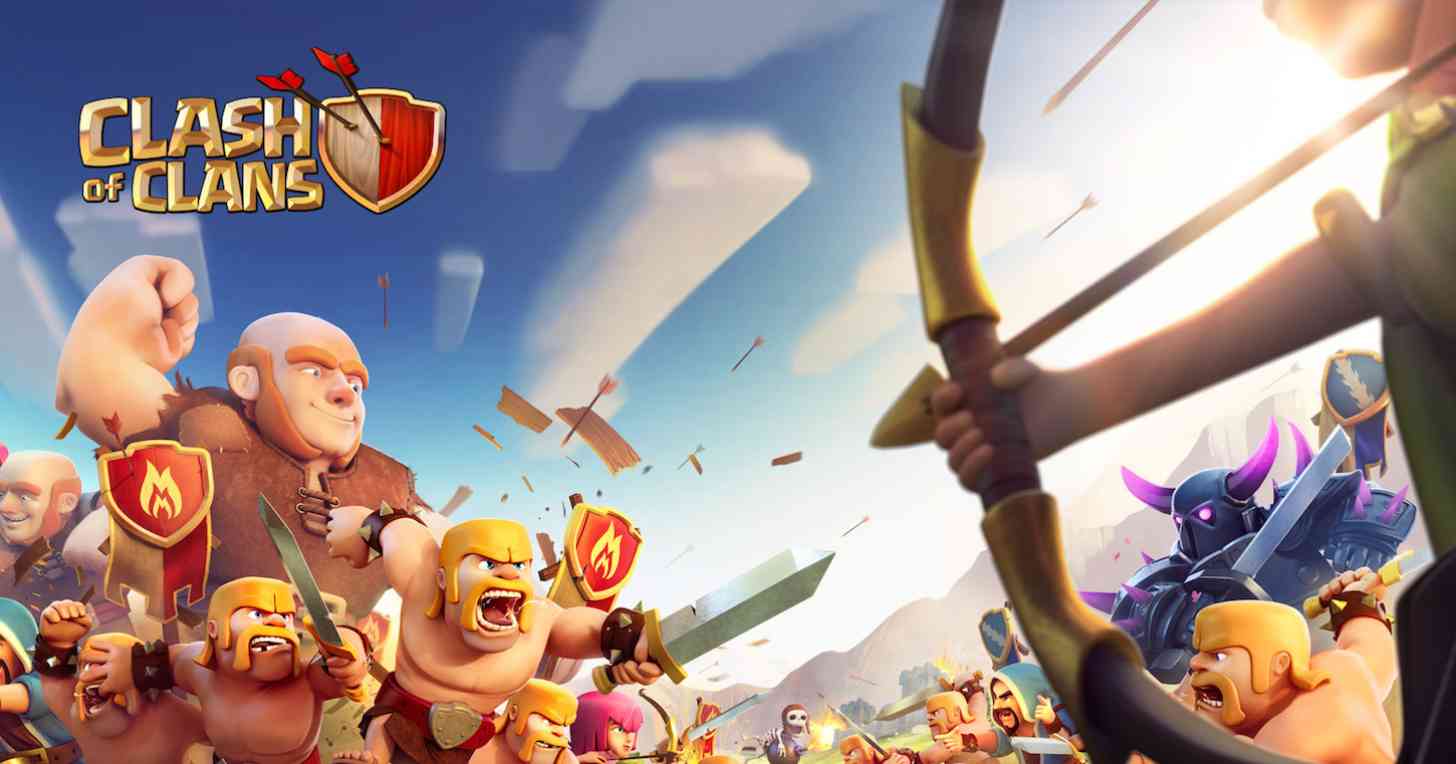
Playing a game on our mobile devices has never been easier, nor has it ever been so stockpiled with a ridiculous number of fun, sometimes downright addictive, titles. A variety of different publishers bring new games to the digital application stores on a regular basis, sometimes leveraging already popular brands, and sometimes catapulting new intellectual properties to stardom overnight.
Who knew it would be so fun to crush candy, right? Or clash with clans.
The games have certainly come a long way, with better graphics, in-game physics, stories, and everything else we might want. There really is an experience for just about any situation. Need something quick to fill a couple minutes? Or something a bit longer to carry over a trip (even just from work to home)? There’s a game for that.
And if you’ve played any of these, then you’ve probably run into, well, more than a few titles that are free to install, but then, ultimately, nickel-and-dime you throughout the experience moving forward. Of course, it’s completely optional in most cases. You can choose to spend a ton of money in the game, without ever actually buying the game to begin with, or you can play at a slower pace and not spend a cent.
That’s the situation I usually run into with the free-to-play games that I run into. There’s some kind of in-game currency or “energy” that gets used up every time you play, one energy for one game, and then, when you’ve run out of energy, you can either wait a set amount of time for your energy to get replenished or spend real money to refill it and keep playing.
I’ve fallen into that trap more times than I can count. Some of those counters are ridiculous. Oh, you want to play again? Yeah, well, how about you wait a half hour, or an hour, and then you can get right back to it, eh? Spending any amount of money, over and over again, just to keep playing a game that I should’ve been able to buy in the first place seems silly, but that’s the market we’re in these days.
And then there are the games that have a ton of ads popping up all over the place, without warning, which prompt you to fork over a bit of money —after you’ve installed the game for free— to shut off those ads.
This type of methodology isn’t restricted to mobile games, of course. Even console games have the free-to-play setup in place, for better or worse. It’s a business model that has, for quite a few years now, worked, so companies aren’t going to shy away from it any time soon.
I don’t mind paying to get rid of ads, and I’ll even fork over some money in a game if I want to keep playing in a specific situation. And, yeah, I’ll even spend a few bucks here and there to get whatever power-ups or whatever the game has on offer, if it seems like a good idea at the time. I’m not immune to this process, even if I wish I were.
But here’s the thing, and one reason why I’m excited for Nintendo’s upcoming Super Mario Run. No in-app purchases there. We’re going to be able to buy the game, and play it to our heart’s content (against friends, too!), without having to worry about the free-to-play method, or ads. If I had a choice here, and I so wish I did more often than I do when I’m looking for a new game to play, the up-front purchase would be the best way to go.
What about you? How often do you spend money on in-app purchases in the game(s) you play? Do you prefer to buy the game up-front? Let me know!